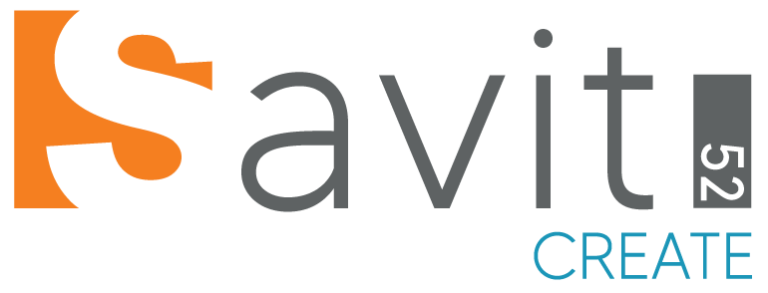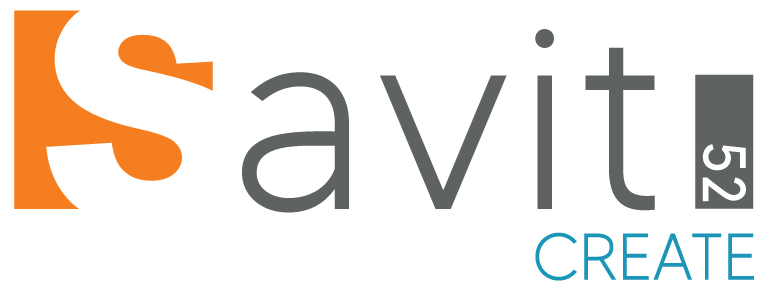When Helix Global, a multinational consulting firm, launched its redesigned website, the reception was overwhelmingly positive. The new site reflected the company’s innovative brand, complete with sleek visuals, interactive data displays, and seamless user journeys. It was a flagship project, unveiled to shareholders as a symbol of progress and growth.
The website wasn’t just attractive—it was strategically built to serve multiple functions. A public-facing portal shared thought leadership articles, the careers section streamlined applications, and the client portal allowed secure document exchange. Every design decision was intentional, aimed at strengthening Helix Global’s digital presence.
What was missing, however, was security built into the foundation.
The Breach Beneath the Surface
Several months after launch, IT analysts noticed unusual spikes in traffic on the careers page. Initially dismissed as automated bots scraping content, deeper investigation revealed a vulnerability in a third-party plugin used to handle resume uploads.
This small oversight became the entry point for a larger breach. Attackers injected malware into the site, which quietly exfiltrated resumes, login credentials, and sensitive project files. From the outside, the website looked flawless. Internally, confidential data was leaking undetected.
The attackers also compromised the analytics integration, harvesting client portal logins through hidden scripts. It wasn’t until a client reported that confidential proposals had surfaced with a competitor that the true scale of the breach came to light.
The Consequences
The fallout extended far beyond technical issues:
- Client trust eroded. Confidentiality is the cornerstone of consulting. Once compromised, rebuilding trust became a significant challenge.
- Regulatory penalties loomed. Exposure of personal and corporate data triggered investigations under GDPR and other compliance frameworks.
- Financial costs escalated. In addition to forensic investigations and legal fees, Helix Global was forced to rebuild its digital infrastructure, causing months of disruption.
What had started as a design triumph quickly turned into a crisis—because security had been treated as an afterthought.
Lessons for Corporates
Helix Global’s experience underscores a critical reality: websites are not just marketing tools. They are integral components of business infrastructure and must be designed with resilience and security in mind.
Key lessons include:
- Integrate security into the design process. Collaboration between design, development, and cybersecurity teams should happen from the very beginning.
- Scrutinize third-party tools. Every plugin or integration represents a potential vulnerability that requires continuous monitoring.
- Segment critical systems. Public-facing elements should not share infrastructure with sensitive client platforms.
- Conduct regular testing. Penetration testing, vulnerability scans, and code audits should be scheduled and enforced.
- Prepare for incidents. A clear response plan, including communication protocols, is essential for minimizing damage.
Final Thought
A visually impressive website may attract attention, but without robust security, it risks undermining the very brand it represents. In the corporate world, trust is as valuable as innovation. Design may win new clients, but security ensures they stay.












